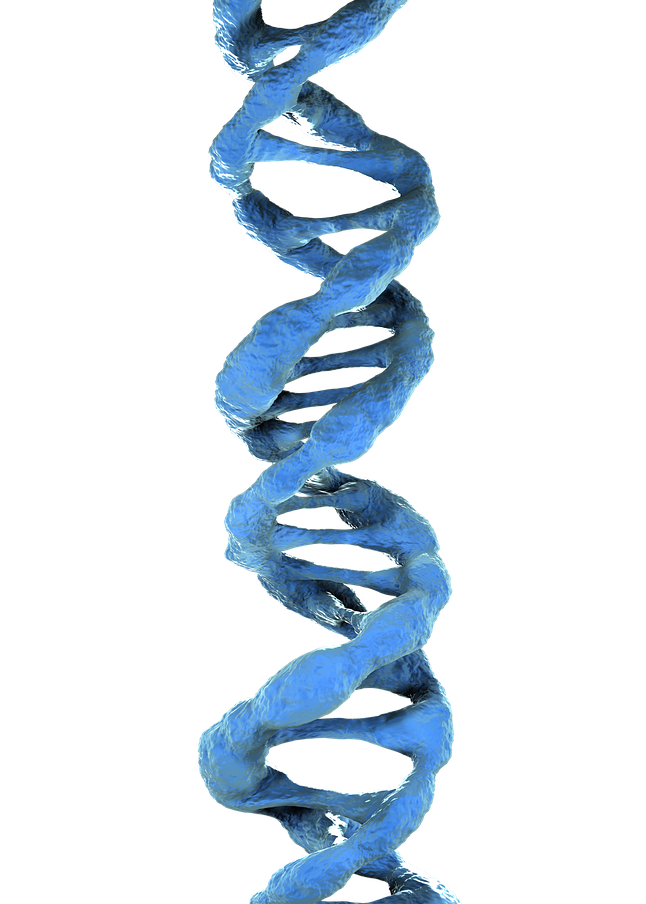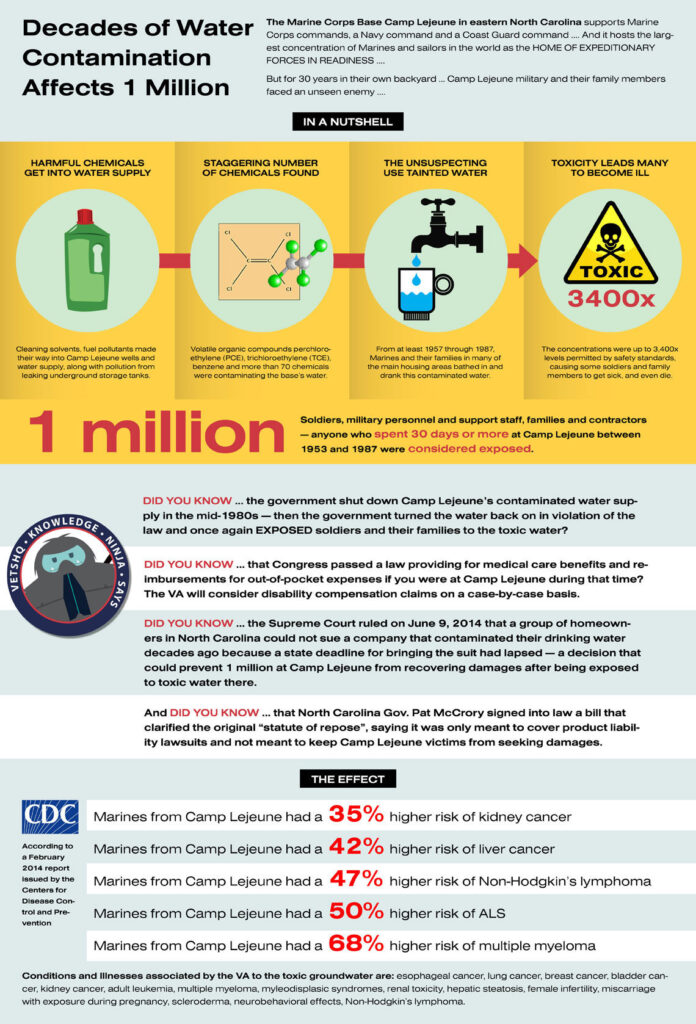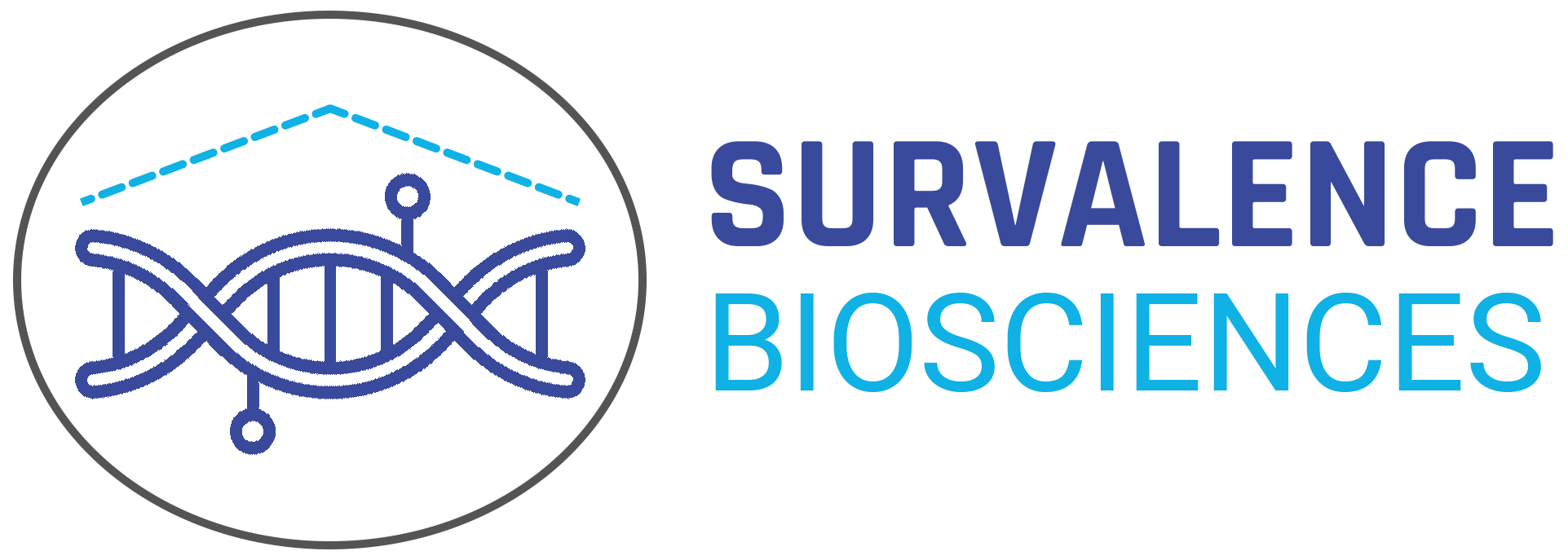CaSe Test Development & Application
Survalence Biosciences is currently seeking investment and collaboration.
Test Development
Build the CaSe TEST by first optimizing detection of standard DNA Adducts, followed by testing authentic DNA containing such adducts.
Phase One Application
Apply the CaSe TEST to DNA samples already tested by sugar-loss mass spectrometry, a reliable but limited assay for DNA Adducts.

Phase Two Application
Apply the CaSe TEST to blood and urine samples from second test groups, such as smokers, firefighters, obese people, frequent eaters of grilled meat, and women who test positive for BRCA.
When it comes to cancer, nothing beats primary prevention.
There is a big gap in the prevention weaponry to fight cancer
DNA Adductomics is a story that has begun, but currently it is fragmented and far from complete…
so the biological, clinical and societal impact has been limited.
Filling this big gap and finishing the story is a significant health and commercial opportunity.
Measuring DNA Adducts for primary cancer prevention is not easy, but the Survalence CaSe test promises success.
The core IP is strong: two issued US patents and one filed international patent application.
Examples of Customers: Survalence Primary Cancer Prevention Test

- Bio-researchers to see what is happening to the DNA in their cell culture and animal experiments
- Cancer epidemiologists (for exposure/cancer epidemiology studies)
- Fire departments to monitor quality and use of protective gear by their workers (especially young firefighters tend to underuse their protective gear)
- Communities who worry that they are a cancer cluster (e.g. Santa Susana Field Lab, Los Angeles, CA; S. Portland, ME; E. Palestine, OH)
- Doctors for their patients on chemotherapy
- Department of Defense for their soldiers (keeping in mind Camp Lejeune)
- EPA to test for genotoxic exposures
- Subjects in a smoking cessation program
- Subjects in an alcohol rehabilitation program

- Doctors for their patients with cancer-risk habits such as smoking, intense grilling, excessive suntan
- Doctors for their obese patients (obesity is a risk factor for 13 kinds of cancer)
- Companies with potential exposure dangers for their workers (to better protect them, and to avoid toxic torts) e.g. construction, fabrication, landscaping, chemical processing, food, big pharma
- Workers who worry (and should worry) about their work environment, e.g. hairdressers, mechanics, painters, technicians, carpenters, chefs, welders, farmers
- Individuals worried about some home exposure (e.g. city water, well water, radon, dust, nearby highway, gas heating)
- Women worried about breast cancer
- Clinicians seeking to discover individuals with a defect in DNA repair
- Doctors for their patients at the yearly exam
- Healthy-lifestyle adults (more than half the population in the US)
- Pregnant women (pediatric cancer has been increasing)
- People experiencing pollution from a climate change event
- Dog lovers (1 in 4 dogs gets cancer; pet spending will be $275B by 2030)
Camp Lejeune Example
Background: The carcinogenic water at Camp Lejeune went undiscovered for 34 years! This increased cancer incidence…35% for kidney cancer, 42% for liver cancer, 43% for esophageal cancer and 35% for cervical cancer.
The contamination of drinking water at Camp Lejeune started in the early 1950s, and the most contaminated wells were shut down in 1985. ATSDR has been assessing the health risks from hazardous substances in the drinking water at Camp Lejeune since the late 1980s.
As many as one million military and civilian staff and their families might have been exposed to the contaminated drinking water.
The Survalence CaSe Test could have discovered this exposure in less than a week.


